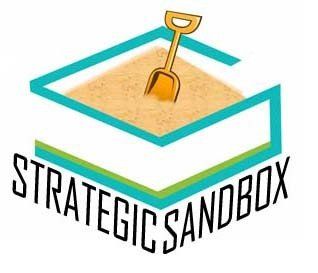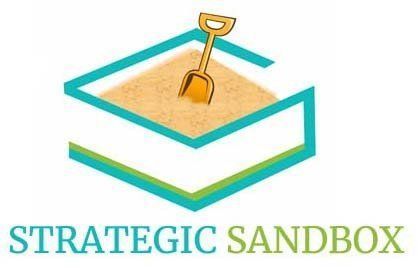Innovation as a Process
Organizations will say that they are strategically innovative or state it through a core value or a core competency, but how do they systematically demonstrate it. Focusing on strategy, moving your organization to a culture of innovation, can be defined by two overarching questions “where are we going and how are we going to get there.” 1
These two questions define strategy, or in other words what you want to occur or achieve. Strategy, alone, does not guide us on how we will arrive there. Process and planning assist in setting up the pathway. They are the building blocks for strategy. So how can we develop a process to support a strategy for innovation.
1
An effective and systematic process requires a set of linked activities or steps that are repeatable.
2
Understanding the components of a process is the first step. The Baldrige Performance Excellence Program best outlines the four components of an effective process in its Criteria called ADLI.
2
·
Approach
is defined by the Baldrige as the method an organization uses to carry out a process.
·
Deployment
is the extent that an organization applies the approach/process throughout the organization.
·
Learning
is how an organization refines a process, with routine cycles of evaluation and improvement.
·
Integration
, the fourth component, looks at how a process is integrated into your organization’s needs and other processes, which may also support strategy.
Applying ADLI to effectively define “how” you manage innovation is the first step and may be a big step. In a recent LinkedIn post by Elvin Turner, innovation expert and author of Be Less Zombie, believes that “most ideas fail at the execution stage inside organizations. He states that “one key reason is a lack of good process.” He also points out a surprising statistic “that around 90% of the people (he) works with say their organization doesn’t have a process – or if it does, it’s ineffective.” I have seen these factors play out in my operational experience and in my role as a Baldrige Examiner for the past twenty years. Understanding ADLI can create an effective process, which is crucial to any strategy’s success.
So, what are some other of the barriers to those with a well-deployed, effective process for innovation?
One significant barrier is how we operate in hierarchies and think vertically. With this, Strategic Doing notes that in hierarchies the thinking is usually done at the top of the organization, with the doing delegated lower in the organization, as the graphic below shows.

In 2012 Google worked with Project Aristotle to better understand how their most creative teams achieve innovative outcomes. Google spent millions of dollars and studied 250 attributes in 180 teams over two years to learn the importance of psychological safety in innovation. Psychological safety was by far-and-away the number one attribute of their most creative teams. This points to factors that need to be present as part of a successful process for innovation that are often overlooked. Let me explain. There has been a lot of research and writings on the importance of psychological safety in not only building an inclusive workplace, but in building a culture of innovation. Amy Edmundson has researched, authored, and spoke on the importance of psychological safety in creating an environment that builds on and supports innovation. She defines it as “a belief that one will not be punished or humiliated for speaking up with ideas, concerns, or mistakes.” The question becomes do our teams feel comfortable to take interpersonal risks in their organizations or within team meetings to share ideas or highlight a mistake? Elvin Turner recently pointed out that 85% of us may have an idea but hold back on sharing it.

Cultivating psychological safety to further the effectiveness of an innovation process and may add greater depth to how senior leaders engage the entire workforce and tap into the diverse thinking of staff to capture innovation. Breaking down the silos of hierarchies to think wider and more horizontal is a discussion for Part Two. Notes: 1-Strategic Doing Field Guide and book 2-Baldrige Criteria 3-The Start Up Community Way book Multiple sources were used for work cited by Amy Edmundson and Timothy Clark.







